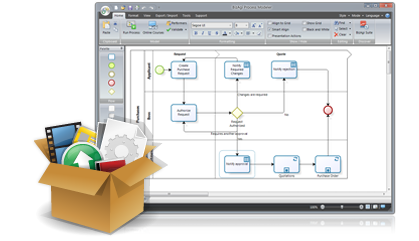´Entrepreneur´ is a loanword from the French language that refers to a person who undertakes and operates a new venture, and assumes some accountability for the inherent risks.
Most commonly, the term entrepreneur applies to someone who establishes a new entity to offer a new or existing product or service into a new or existing market, whether for a profit or not-for-profit outcome.
Business entrepreneurs often have strong beliefs about a market opportunity and are willing to accept a high level of personal, professional or financial risk to pursue that opportunity.
Research has demonstrated that there is such thing as an "entrepreneurial type," with certain characteristics (such as having a father or a mother who was an entrepreneur) linked to the probability of someone being an entrepreneur themselves. There is little good evidence, however, that entrepreneurial type is linked to ultimate success of an entrepreneurial venture." (From Wikipedia)
As a Resource: Entrepreneurs are people who organize other productive resources to make goods and services. The economists regard entrepreneurs as a specialist form of labor input. The success and/or failure of a business often depends on the quality of entrepreneurship.
 |










